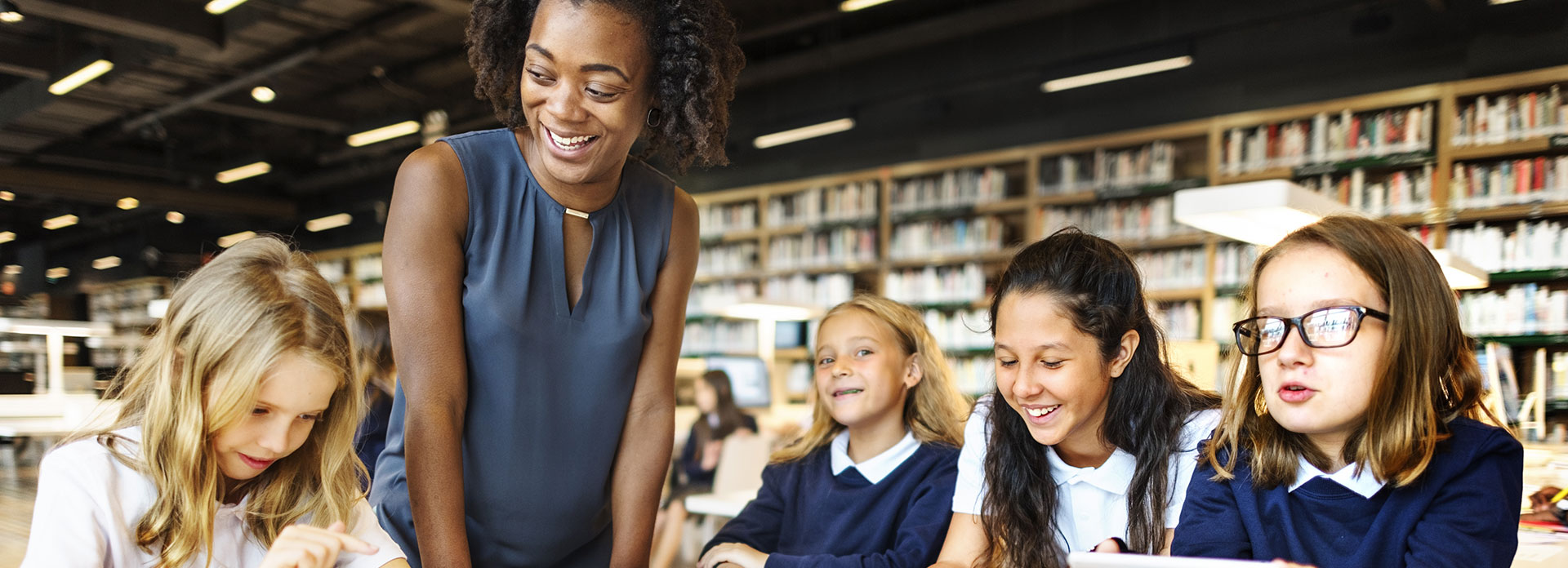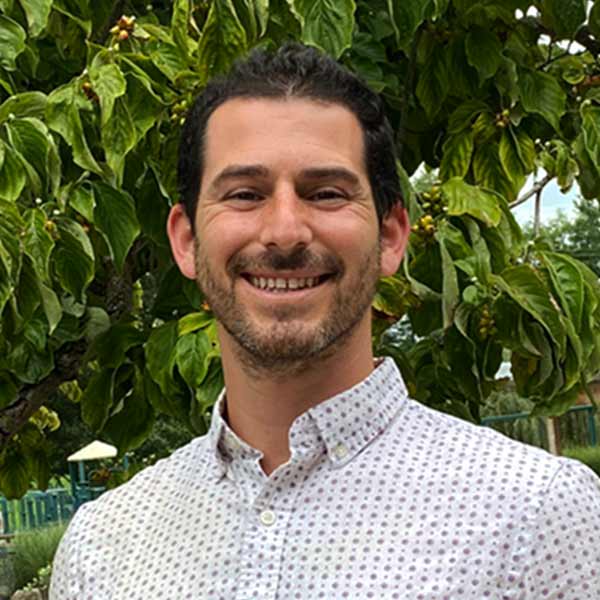When I first stepped onto a baseball field in college, I knew almost right away that I was out of my depth. I had come from a small independent school that played against other small independent schools. In this conference, I was able to be effective with nothing more than a four-seamer.
Armed with a fastball and really nothing else that merits mentioning, it took about ten minutes into that first fall practice to recognize that if I wanted to earn playing time, I’d have to develop a secondary pitch. The trouble was that I didn’t know how to. I possessed the drive, but not the know-how.
At first, I tried to figure it out myself. Like most people, I had some measure of ego caught up in my identity, and I wasn’t willing to simply go hat in hand to a teammate for advice. Well, after a fall season when I struggled to get outs, I realized that I really had no other choice.
Fortunately, I was surrounded by talented teammates. One of my teammates, a junior who would go on to set multiple school records in both soccer and baseball, had a vicious cutter and a deceptive changeup, and I figured that he was probably the person to learn from. When I approached this teammate after a winter practice to ask for his help, he replied with his patented bluster: “What took you so long?!”
This teammate showed me the grips for his cutter and changeup. Before and after practices that winter, he would throw on a mask and squat 60 feet from me. He would catch a few pitches, then call out small pointers and corrections. After a winter of work, I went into the spring season armed with a viable secondary pitch — a changeup that the bottom dropped out of. I was never going to be the best pitcher on the team — far from it, I can assure you — but, thanks to this peer mentorship, I was able to carve out a place for myself in the bullpen for the next four years.
This tale is not unique in the world of sports. Athletes sit in dugouts and locker rooms and exchange tips, tricks, and routines. Teams bring veteran players onto rosters every year simply to set an example for the younger players. Across sports and around the globe, athletes recognize and understand the importance of identifying what works and finding ways to exploit it to improve their own performance.
There is a lesson to be learned here for educators. In much the same way that no player is ever going to make every shot they take or hit a homerun every at-bat, we know that being the perfect educator is an elusive concept. Rather, we are learners, seeking to always improve our practice. Doing so, requires us to strike a balance between two forces in learning: exploration and exploitation. When something we are doing isn’t having the desired outcome, we want to explore why this might be, identify resources, and see what we want to modify or change. When something is working, we want to exploit these tactics, generalizing and scaling them to impact learning beyond our classroom.
When we pursue exploitation, we are relying on the efficacy of existing knowledge. In contrast, the process of exploration speaks to a search to develop more meaningful knowledge.
Back in college, I sought to exploit what had worked for me in high school, but quickly learned that the circumstances called for exploration — in this case finding a mentor to help me progress. I sought superior solutions to reconcile my knowledge-gap, and began to integrate this newfound knowledge into my own practice.
As school leaders, we want to encourage both exploration and exploitation in our buildings. All educators have things they can learn from their colleagues; equally, all educators have things their colleagues can learn from them.
As schools across the country reopen, we have to create the conditions wherein teachers can learn from and share with one another. The applicability and relevance of existing educational research has lost a measure of importance given the novelty of what educators are experiencing, so, more than ever before, we have to rely on one another — something that doesn’t just happen through wish or want.
Our job is to figure out how to create the conditions in our building for exploration and exploitation to exist as school leaders. Each school is going to need to do things a bit differently, but there are some things I’ve tried that others might be able to exploit:
Cover Classes:
Feelings of inadequacy are going to run rampant as we reopen, and we all know that our teachers aren’t likely to knock on our door and share such feelings with us. To account for this, I would encourage school leaders to cover classes. When you cover a class, instruct that teacher to observe a colleague — one from whom they think there is something to learn. This peer-to-peer observation requires no follow-up on your part. It is a chance for teachers to go explore what is working elsewhere.
Virtual Help Desk:
Sometimes, we know what we need to work on, but are reticent to go to colleagues with questions — it’s not easy to be vulnerable. As school leaders, we can account for this by creating a virtual and anonymous help desk. Consider creating a Padlet, or a similar virtual space, and sharing it with your teachers. In this space, teachers can anonymously post questions or problems of practice they might be having, and can source solutions from their colleagues.
Teacher-Led Faculty Meetings:
As you make the rounds, note what you see that is positively impacting learning. Later, ask that teacher to share what you observed during the start of a faculty meeting. Each week, you should have one faculty member share. This gives colleagues the chance to hear what’s working, even if they didn’t realize this was something they were seeking to explore in the first place. Sometimes, we don’t know what questions we have until we learn the answer.
Unfortunately, there’s no playbook to guide us through such a novel time in education. To find what works, we need to encourage our teachers to embrace the complementary processes of exploration and exploitation. As a school leader, what can you do to create these conditions?


